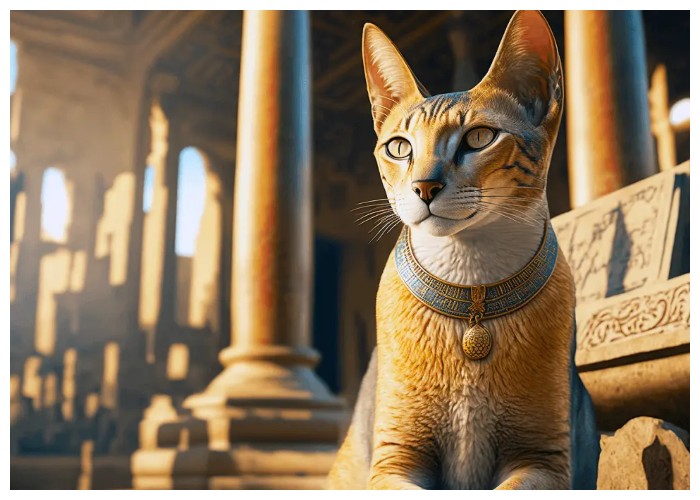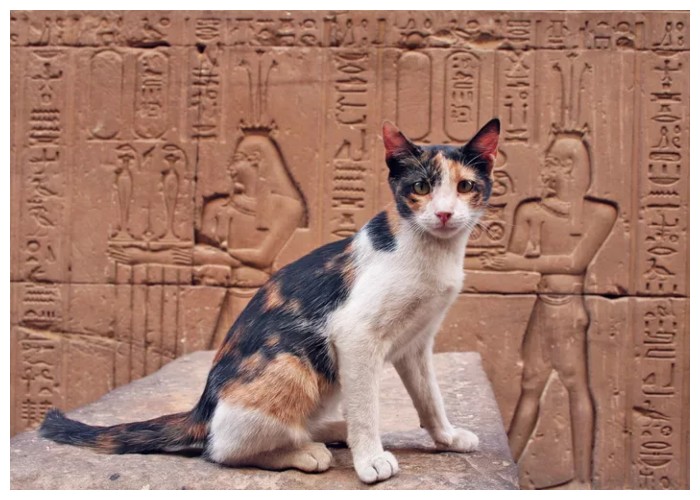In the quiet whispers of the desert winds and the soft hues of the setting sun along the Red Sea coast, a groundbreaking discovery has emerged from the sands of southwest Egypt. This discovery is not of gold or jewels, but something far more precious—evidence of a profound relationship between ancient Egyptians and their pets. Polish researchers have unearthed what is considered the oldest recorded pet cemetery in the world, dating back some 2,000 years, at the ancient port of Berenice. This monumental find challenges our understanding of ancient societies, revealing that the human-animal bond transcends time.
The significance of this discovery cannot be understated. Amidst the ruins of Berenice, archaeologists embarked on a near-decade-long journey from 2011 to 2020, meticulously excavating and examining the site. What they found was astonishing—a vast burial ground with 585 clearly identified animal bodies and numerous others yet to be classified, showcasing a diversity of species laid to rest with care and respect. Remarkably, no human remains were found within this site, underscoring its unique purpose as a final resting place for animal companions.
Dominating the cemetery, over 91 percent of the identifiable remains belonged to domestic cats, a species revered in ancient Egypt not just for their grace and beauty, but now proven to be cherished pets. Dogs, making up just over 5 percent, along with a smattering of monkeys, a Barbary falcon, one Rüppell’s fox, and two macaques, complete the tapestry of this ancient animal community. This varied menagerie of animals, treated with a level of care and reverence, provides a window into the soul of ancient Egyptian society, where animals were not merely utilitarian beings but cherished members of the household.

Marta Osypińska, the project’s lead researcher and a renowned zooarchaeologist at the Polish Academy of Sciences, shared insights with Live Science that illuminate the depth of these human-animal relationships. The careful burial of these animals, some wrapped in blankets or accompanied by shells and mementos, signifies a farewell of love and respect. The absence of violence in their deaths, coupled with detailed analyses revealing their ages, sexes, diseases, and even diets, tells a story of empathy, care, and companionship.
This discovery offers a poignant reminder of the universality of the human-animal bond. The pets of Berenice—cats lounging in the sun, loyal dogs by their owner’s side, playful macaques, and even the rare falcon—were not sacrificial offerings but companions in life, as evidenced by the absence of utilitarian or sacrificial markers. They were family members, friends, and confidants, whose presence brought joy, comfort, and perhaps even solace to their human counterparts.

As we delve into this ancient world, we are reminded of the timeless nature of the bond between humans and animals. The Berenice pet cemetery stands as a testament to the capacity for love and compassion that defines humanity. It challenges us to reflect on our relationships with our pets today, seeing them not just as animals but as integral parts of our lives, our history, and our hearts.
In the end, the discovery at Berenice transcends the mere academic; it is a narrative of love, loss, and the eternal companionship found in the heart of ancient Egypt. It tells a story not just of the past, but of a truth as enduring as time itself—the unbreakable bond between humans and their animal companions. As we continue to explore the sands of time, let us carry forward the legacy of Berenice, honoring the cherished animals in our lives and recognizing the depth of our shared history with the natural world.